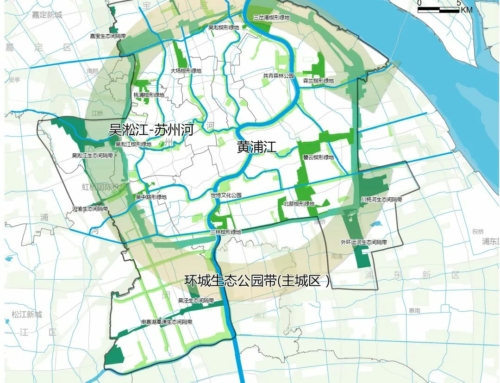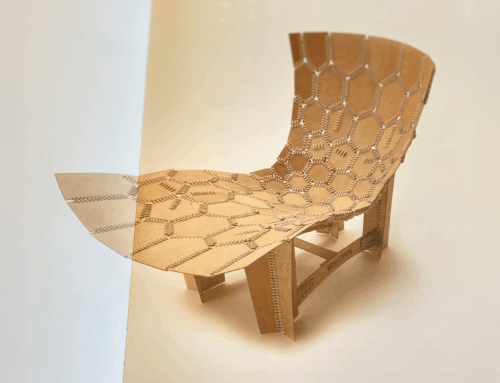Indigenous peoples have a closer relationship with the ecologies of their land than those who practice ‘production agriculture’. But their intimate, fine-grained knowledge can always be enhanced. Sarah Kaushik (above) describes a system in which biodata collected from plants could be ‘heard’ by the farmer as music
I wrote the Foreword (below) to a new book called Decentralising Digital. The project explores the possible roles that mesh networks, the Internet of Things, voice enabled Internet, machine learning, and artificial intelligence, might play in enhancing ecological agriculture. The design brief: how to enhance the farmers’ ability to understand the health of their soil, and their care for biodiversity. The project is a joint venture between Quicksand Design Studio in India, and the University of Dundee in Scotland.
In the new economy emerging from these turbulent times, the word ‘development’ is taking on a profoundly different meaning. Its core value is stewardship, rather than extraction. It is motivated by concern for future generations, not by what ‘the market’ needs in the next few months. It also respects social practices – some of them very old ones – learned by other societies, and in other times.
This new kind of development is not backwards looking – it embraces technological innovation, too. But technologies are evaluated against the higher purpose that innovation should support – and living lightly on the planet is the most important new purpose for us all.
Living lightly happens to be second nature for poor people who cannot not rely on the high entropy support systems we’ve become used to in the cities.
The resource-light ways with which rural communities meet daily life needs are usually described as poverty, or a lack of development – but, in 35 years as a guest in what used to be called the ‘developing’ world, I’ve come to a startling conclusion: People who are poor in material terms are highly accomplished at the creation of value in ways that do not destroy natural and human assets.
This is not to trivialize the extreme challenges faced by poor people on a daily basis: financial precarity; threats to land rights; disrespect for grounded local knowledge; promotion from the centre of inappropriate and poor quality technical solutions. But, to the extent that a resilient economy is based on local production, human labour, and natural energy – well, the poor rural people of the world are further down the learning curve than the rest of us.
This book is about accentuating the positives among rural communities in Karnataka, India. It explores the possible roles that mesh networks, the Internet of Things, voice enabled Internet, machine learning, and artificial intelligence, might play in enhancing daily life practices that are already successful: ecological agriculture, forest conservation, water management, and place-based education.
Designing for change, in this book, is not much about single, problem-solving ‘solutions’. Its focus is more on ways to improve existing social practices – such as social systems based on kinship, and ways to share resources, that have deep roots right across South Asia and beyond.
In the North, the sharing or Peer-to-Peer economy has been presented as a novelty in recent times – but people in other cultures have collaborated, and supported each other in times of difficulty, over generations. Many of these have atrophied in many cities – but not so in the ‘undeveloped’ communities featured in this book.
Technology can play an important role as the supporting infrastructure needed for these social relationships to flourish. The re-emergence of gift exchange can be made possible by electronic networks. Mobile devices, and the internet of things, make it easier for local groups to share equipment and space, or manage trust in decentralised ways. Technology can also help reinvent cooperative practices – sharing, bartering, lending, trading, renting, gifting, exchanging, & swapping – in which money is but one means among many of holding or exchanging value.
The how as well as the what of innovation is novel in this book. Potential uses of technology are explored in tentative, experimental ways. The actors directly involved learn bit by bit, and reflect as they go along. Space and time are reserved, in this process, for diversity; several different possible outcomes are often explored at the same time.
The futures explored in this book may be local, social, and decentralised – but they can inspire and guide us all. The world can learn from practices here that are community-centric, ecologically-balanced, and culturally-respectful. Whenever we encounter an opportunity for change in our own context, and ask: who has answered a similar question in the past? How might we learn from, or piggyback on, what worked before? The rural communities people, featured here will be one place to look.
The design practices here are more relational, than transactional. They respect the human embeddedness in the natural world. Prospective design actions are respectful of existing social and cultural practices, and ecologically sensitive.





